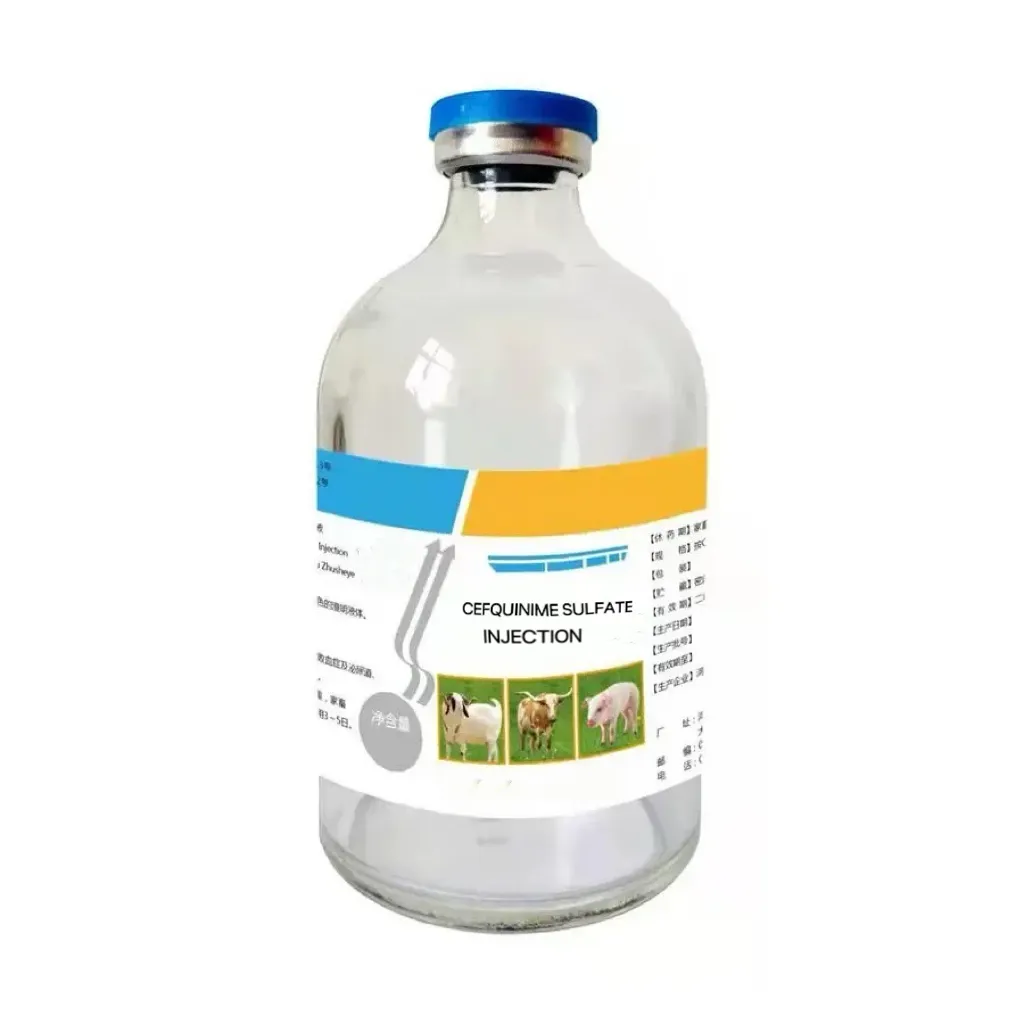- Afrikaans
- Albanian
- Amharic
- Arabic
- Armenian
- Azerbaijani
- Basque
- Belarusian
- Bengali
- Bosnian
- Bulgarian
- Catalan
- Cebuano
- Corsican
- Croatian
- Czech
- Danish
- Dutch
- English
- Esperanto
- Estonian
- Finnish
- French
- Frisian
- Galician
- Georgian
- German
- Greek
- Gujarati
- Haitian Creole
- hausa
- hawaiian
- Hebrew
- Hindi
- Miao
- Hungarian
- Icelandic
- igbo
- Indonesian
- irish
- Italian
- Japanese
- Javanese
- Kannada
- kazakh
- Khmer
- Rwandese
- Korean
- Kurdish
- Kyrgyz
- Lao
- Latin
- Latvian
- Lithuanian
- Luxembourgish
- Macedonian
- Malgashi
- Malay
- Malayalam
- Maltese
- Maori
- Marathi
- Mongolian
- Myanmar
- Nepali
- Norwegian
- Norwegian
- Occitan
- Pashto
- Persian
- Polish
- Portuguese
- Punjabi
- Romanian
- Russian
- Samoan
- Scottish Gaelic
- Serbian
- Sesotho
- Shona
- Sindhi
- Sinhala
- Slovak
- Slovenian
- Somali
- Spanish
- Sundanese
- Swahili
- Swedish
- Tagalog
- Tajik
- Tamil
- Tatar
- Telugu
- Thai
- Turkish
- Turkmen
- Ukrainian
- Urdu
- Uighur
- Uzbek
- Vietnamese
- Welsh
- Bantu
- Yiddish
- Yoruba
- Zulu
Dec . 02, 2024 04:54 Back to list
paracetamol analgesic and antipyretic uses
The Uses of Paracetamol as an Analgesic and Antipyretic
Paracetamol, also known as acetaminophen, is a widely recognized medication, primarily used for its analgesic (pain-relieving) and antipyretic (fever-reducing) properties. First introduced in the late 19th century, it has become one of the most commonly utilized over-the-counter medications worldwide. Its ease of access, coupled with its effectiveness, makes it a staple in both medicine cabinets and hospitals.
Mechanism of Action
Paracetamol’s mechanism of action is not completely understood, but it is believed to work primarily in the central nervous system. It is thought to inhibit the synthesis of prostaglandins, which are chemicals that promote inflammation, pain, and fever. Unlike non-steroidal anti-inflammatory drugs (NSAIDs) such as ibuprofen or aspirin, paracetamol does not significantly affect the peripheral inflammatory responses. This characteristic makes it a suitable option for individuals who may be sensitive to NSAIDs or who cannot tolerate their side effects.
Analgesic Properties
As an analgesic, paracetamol effectively alleviates mild to moderate pain, including headaches, toothaches, muscle aches, and menstrual cramps. One of the primary advantages of paracetamol is its safety profile; when taken at recommended doses, it typically causes fewer gastrointestinal issues compared to traditional NSAIDs. It is often recommended for patients who are contraindicated for NSAIDs, such as those with a history of peptic ulcers or renal impairment.
Paracetamol is also a common choice in pediatric medicine due to its relatively safe profile compared to alternative analgesics. It is frequently administered to children for treating common ailments like fever and pain from vaccinations or minor injuries. The appropriate dosing is crucial, and liquid formulations are available to ensure accurate dosage for children.
Antipyretic Properties
paracetamol analgesic and antipyretic uses

In addition to its pain-relieving effects, paracetamol is an effective antipyretic. It is often used to reduce fever in both children and adults. Fever is a natural response of the body to infection; however, excessively high fevers can be uncomfortable and sometimes dangerous. Paracetamol helps to lower elevated body temperature by acting on the hypothalamus, the brain's temperature-regulating center, thereby promoting heat loss through increased peripheral blood flow and sweating.
The use of paracetamol in managing fever is particularly beneficial in a variety of scenarios, such as during viral infections like influenza or in post-operative settings. It provides comfort by alleviating discomfort associated with fever without suppressing the body’s immune response, a potential concern with certain other medications.
Administration and Dosage
Paracetamol is available in various forms, including tablets, capsules, liquid suspensions, and suppositories. This variety allows for tailored administration depending on the patient's age, condition, and preferences. Recommended dosages vary between adults and children, so it is essential to follow medical guidelines and package instructions to avoid overdose.
While paracetamol is generally safe when used as directed, there is a significant risk of liver damage if taken in excessive amounts or combined with alcohol. Public health campaigns emphasize the importance of adhering to recommended dosages and being aware of the paracetamol content in combination medications to prevent accidental overdoses.
Conclusion
In summary, paracetamol remains a cornerstone in the management of pain and fever due to its efficacy and favorable safety profile. It provides a valuable option for individuals needing relief from mild to moderate pain and for those managing fever in various clinical contexts. However, like any medication, it is essential to use paracetamol responsibly, adhering to dosage recommendations to harness its benefits while minimizing risks. As research continues, the understanding of paracetamol’s full spectrum of actions may further enhance its applications in clinical practice, affirming its position as a critical component of modern therapeutic regimens.
-
Guide to Oxytetracycline Injection
NewsMar.27,2025
-
Guide to Colistin Sulphate
NewsMar.27,2025
-
Gentamicin Sulfate: Uses, Price, And Key Information
NewsMar.27,2025
-
Enrofloxacin Injection: Uses, Price, And Supplier Information
NewsMar.27,2025
-
Dexamethasone Sodium Phosphate Injection: Uses, Price, And Key Information
NewsMar.27,2025
-
Albendazole Tablet: Uses, Dosage, Cost, And Key Information
NewsMar.27,2025













